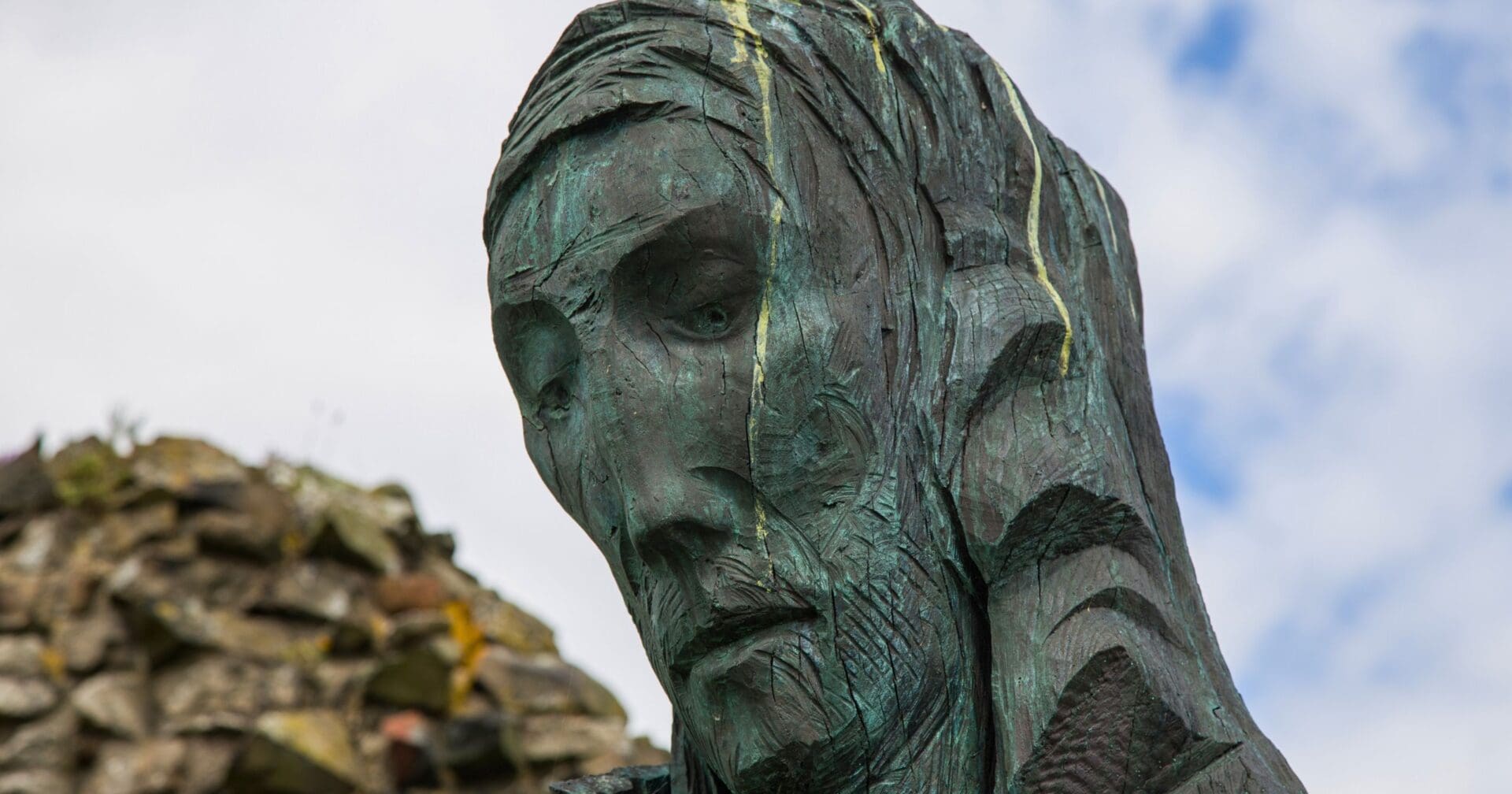
Saint Cuthbert, born in 634 and passing in 687, finds his origins mired in debate; some believe he hailed from Ireland, others argue for Scottish roots. Yet, Bede, the esteemed historian, asserts his British heritage. Following the early loss of his parents, Cuthbert’s early years were spent shepherding, with a possible stint fighting the Mercians, before he embraced monastic life at Melrose Abbey.
In 661, Cuthbert, alongside St. Eata, ventured to Ripon Abbey, a creation of the abbot of Melrose. A shift in ownership to St. Wilfrid under King Alcfrid’s decree saw Cuthbert returning to Melrose in 662, soon ascending to the role of Prior. His dedication to spreading the Christian faith marked this period, intensifying when St. Colman, resisting the Council of Whitby’s endorsement of Roman liturgical norms, left for Ireland with many Lindisfarn monks. With St. Eata now bishop, Cuthbert became Lindisfarn’s Prior.
Cuthbert’s zeal for mission work resumed, drawing vast audiences until, seeking solitude, he retreated to hermitage – initially on a nearby island, later moving to the Farnes Islands near Bamburgh in 676. Despite his reluctance, 685 saw him ordained as bishop of Hexham; a swift arrangement with St. Eata allowed him to oversee Lindisfarn, this time excluding the monastic community.
The final years of his life were devoted to his diocesan duties, ministering to plague victims, performing healing miracles, and prophesying. Cuthbert’s death occurred at Lindisfarn, leaving behind a legacy commemorated on March 20, his feast day.
Photo credit: Ed Goodacre / Shutterstock.com
The post Saint Cuthbert appeared first on uCatholic.
Daily Reading
The Seventh Day in the Octave of Christmas
Reading I 1 John 2:18-21 Children, it is the last hour; and just as you heard that the antichrist was coming, so now many antichrists have appeared. Thus we know…
Daily Meditation
Do You Believe This?
Lately I have been reflecting on the importance of faith in our lives. We can read the Gospels and think they sound legit, or listen to Father at Sunday Mass…




